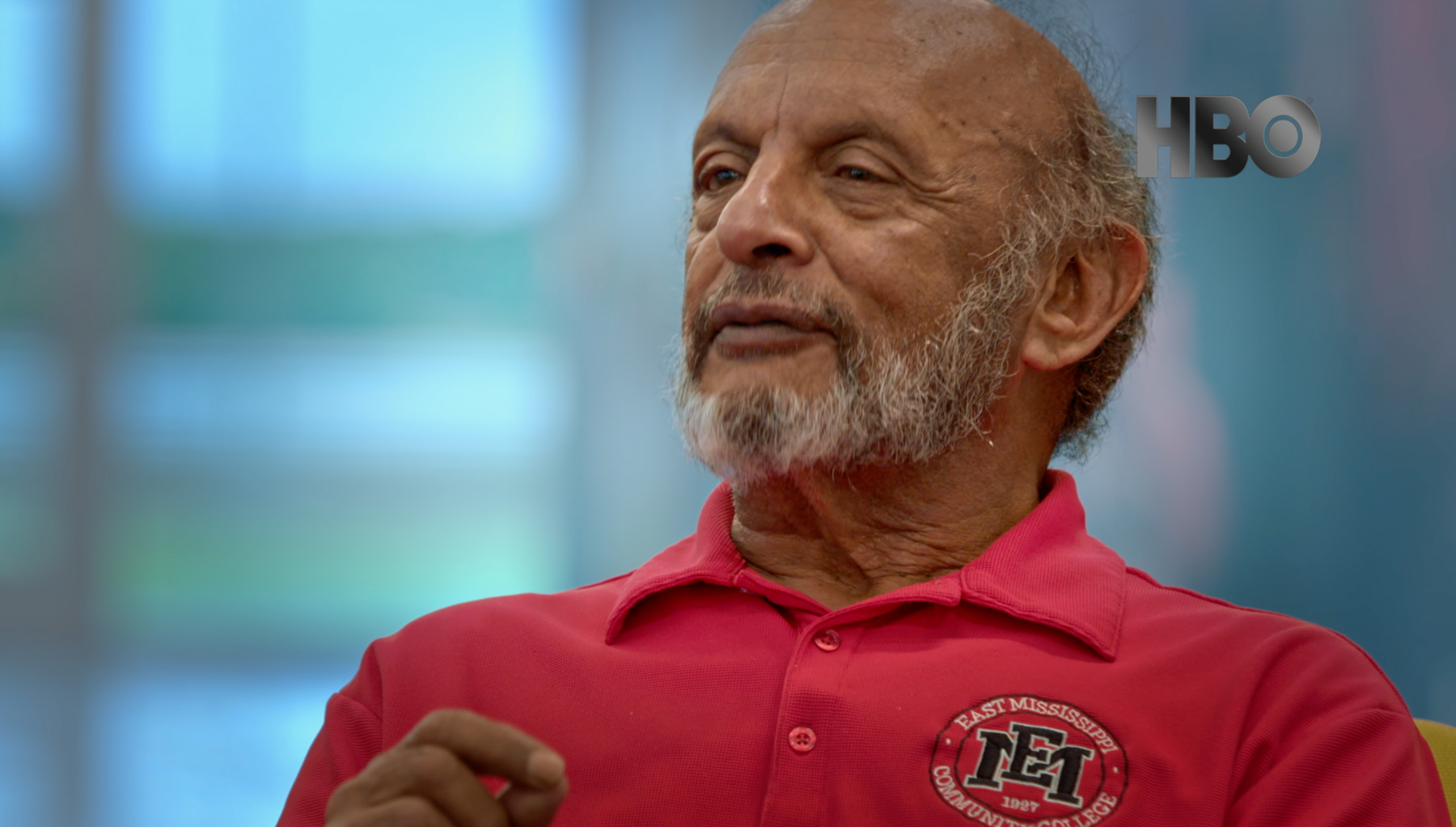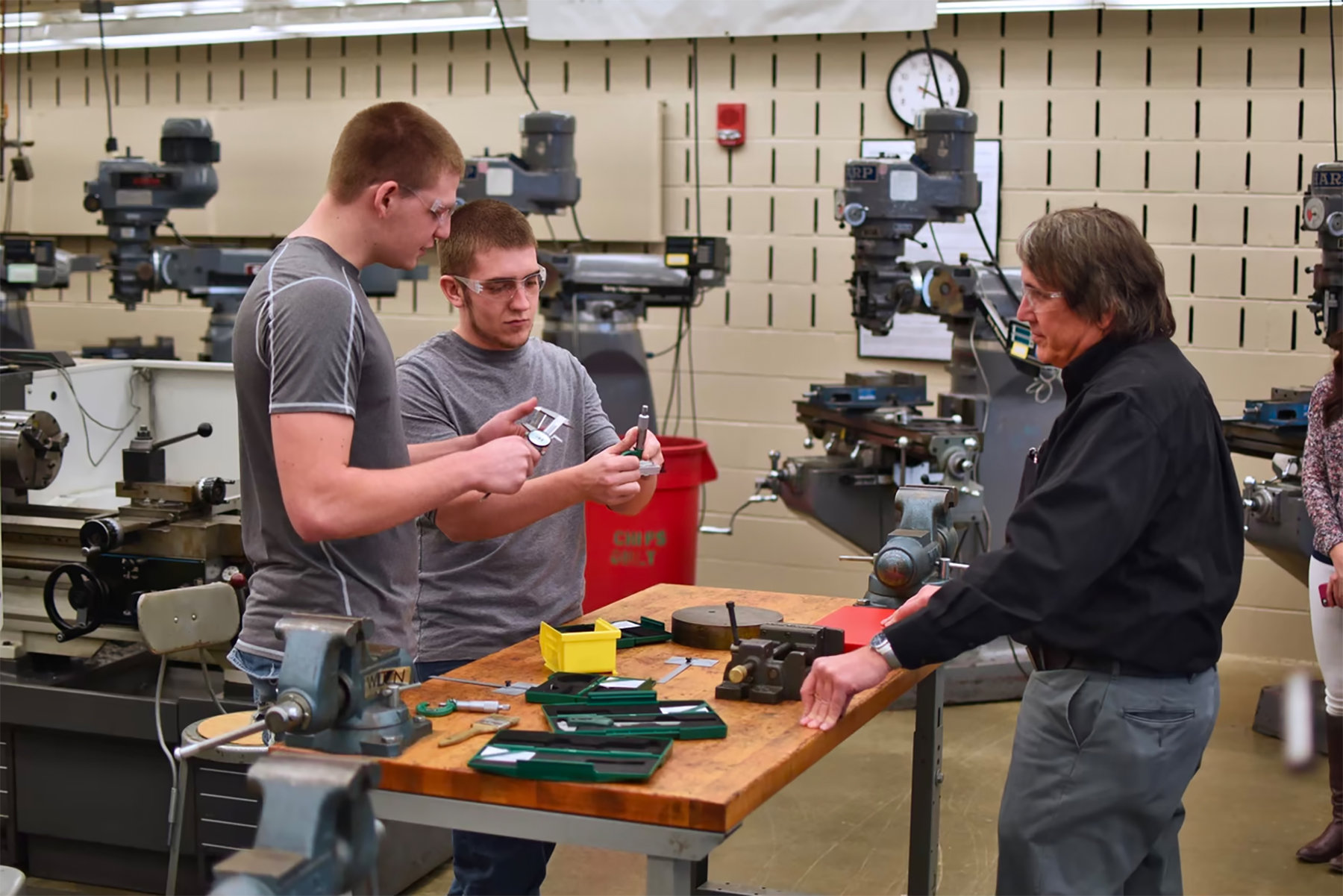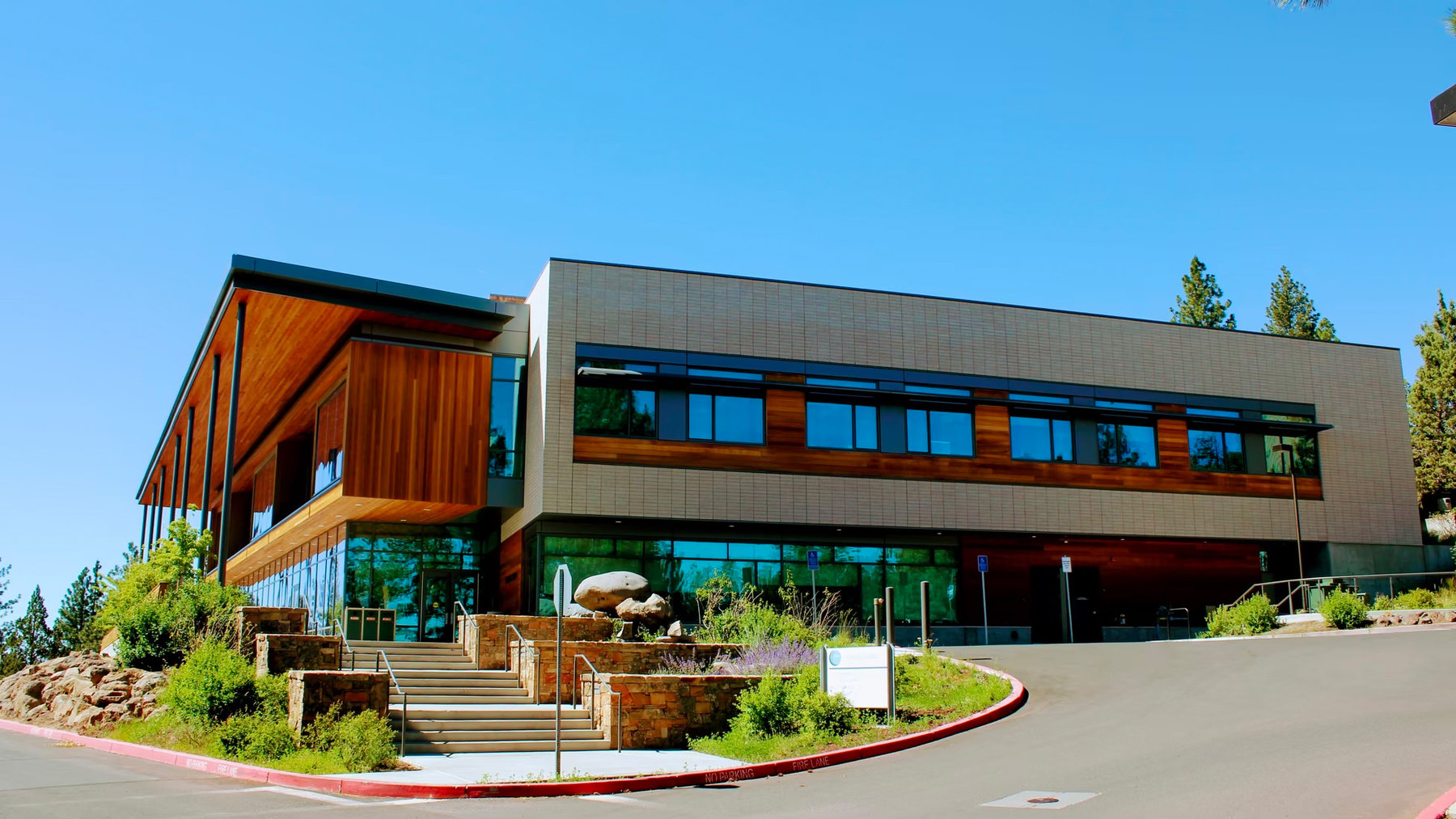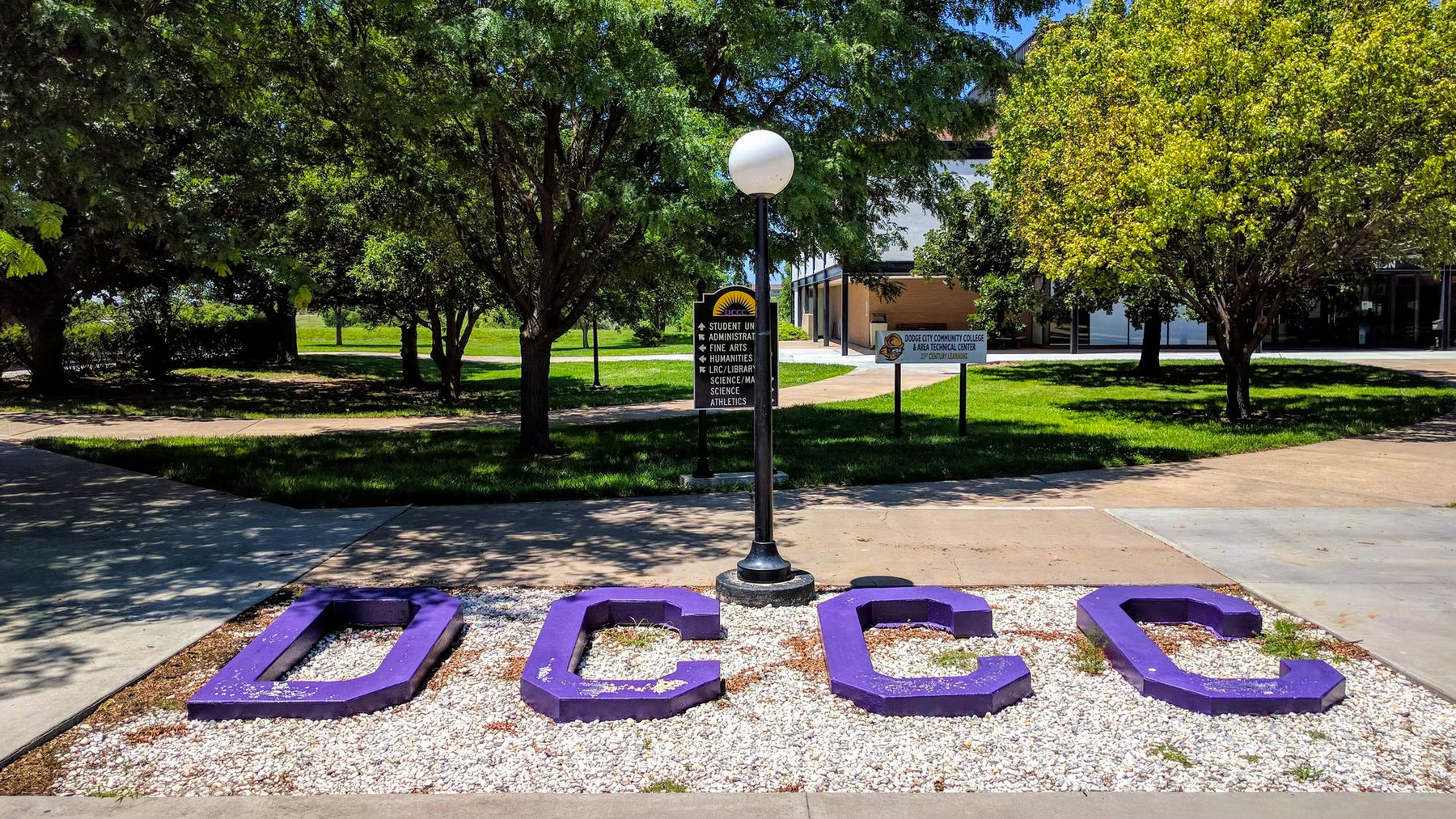In the last week of April, Joe Biden gave his first address to a Joint Session of Congress–which is what first-year presidents do, instead of an official “State of the Union” message. In the first week of May, both he and Jill Biden spoke at Tidewater Community College, in southern Virginia.
The theme connecting the two presentations was one of central interest at this site: Namely, the role of community colleges as linchpins of education and opportunity in the United States. For more on why community colleges are the institutions of this American moment, please see this report from Michigan, or this from Ohio, or this with responses from Maine to Texas to California and beyond, or this thoughtful reply by Matt Reed for Inside Higher Ed. For now, my goal is to explain why a 93-second video clip deserves your attention.
In his Joint Session speech, Joe Biden spoke on behalf of his large-scale “American Families Plan” and “American Jobs Plan,” which both followed the immediate stimulus plan he promoted, called the “American Rescue Plan.”
(Here’s a rhetorical note from a one-time political speechwriter: Simpler is always better, when it comes to naming big new projects. Cautionary example: During the Obama era, the U.S. and five other countries reached an agreement with Iran. Nearly everyone, admirer or critic, refers to that agreement as “the Iran nuclear deal”; almost no one outside a bureaucracy calls it by its ungainly formal title, the “Joint Comprehensive Plan of Action,” or JCPOA. By contrast, the matched set of three titles for this administration’s main programs–American Rescue Plan, American Jobs Plan, American Families Plan–are marvels of concision. Each name is three words long; two of the three words are “American” and “Plan”; and the remaining words are “Families,” “Jobs,” and “Rescue.” Unless they had chosen “Motherhood” and “Apple Pie,” it would be hard to improve on this as a naming strategy. Students of Americana will also note the resonance with the famous three-word titles of many of Franklin D. Roosevelt’s New Deal initiatives, from the Civilian Conservation Corps, or CCC, to the Rural Electrification Administration, or REA.)
The idea and ambition of the new “American (Rescue/Jobs/Families) Plan” programs, as I noted in this previous post, involve seizing this moment’s historic opportunity to address long-festering inequalities and failures. Will Americans look back, decades from now, at the sweep of these proposals as something comparable to the New Deal, in brightening prospects for the nation as a whole? Or will they see it as successful in more narrowly defined terms, like the race to space in the 1960s? Or will it be seen as another sad mismatch of intentions and effects? Obviously no one knows the answer now; less obviously but just as certainly, the answer is being determined week by week, through actions of citizens, businesses, and institutions across the country.

Joe Biden’s part of the community college saga came last week, in the Capitol, when as part of his lengthy address he proposed guaranteeing two free years of community college to all students. This week, at Tidewater Community College, Dr. Jill Biden appeared in her capacity as a long-time English professor at Northern Virginia Community College, outside Washington. She spoke before her husband did, and she made the case for community colleges as today’s expressions of an American ideal: of mobility for individuals, of security for families, of revitalization for towns and regions.
“Our schools accept everyone,” she said, “regardless of age or race or income, or family legacy.” If you watch her presentation here, you’ll see her stressing these points, starting around time 3:00. “They offer classes that are flexible, so students don’t have to choose between work and school. They train for real world jobs. They tailor to the community they serve.”
Naturally community colleges have their failures and shortcomings and scandals, as any institution does. But both of the Bidens emphasized the theme that has struck Deb and me in our travels: how important the community-college opportunity is, for how many people, at a time when so many other avenues of opportunity have been closed off. America’s K-12 system is the bedrock of public education; its research universities, liberal arts colleges, and other four-year schools are crown jewels. But everyone knows about those institutions. Right now, in the political and economic straits of the 2020s, community colleges may most deserve extra attention and help.
You can hear both Bidens making the extended case, in this video from Tidewater. If you’d like the TL;DR version of this argument, I most enthusiastically recommend spending the next 93 seconds of your life watching Raj Shaunak, of East Mississippi Community College, explain what his institution has meant to the people of his state.
Many of them, he says, are “one flat tire away from losing their job, or not finishing their education.” This is a clip from the HBO documentary “Our Towns,” and I think it will give you an idea of why we have become such proponents of strengthening these engines of American opportunity.




